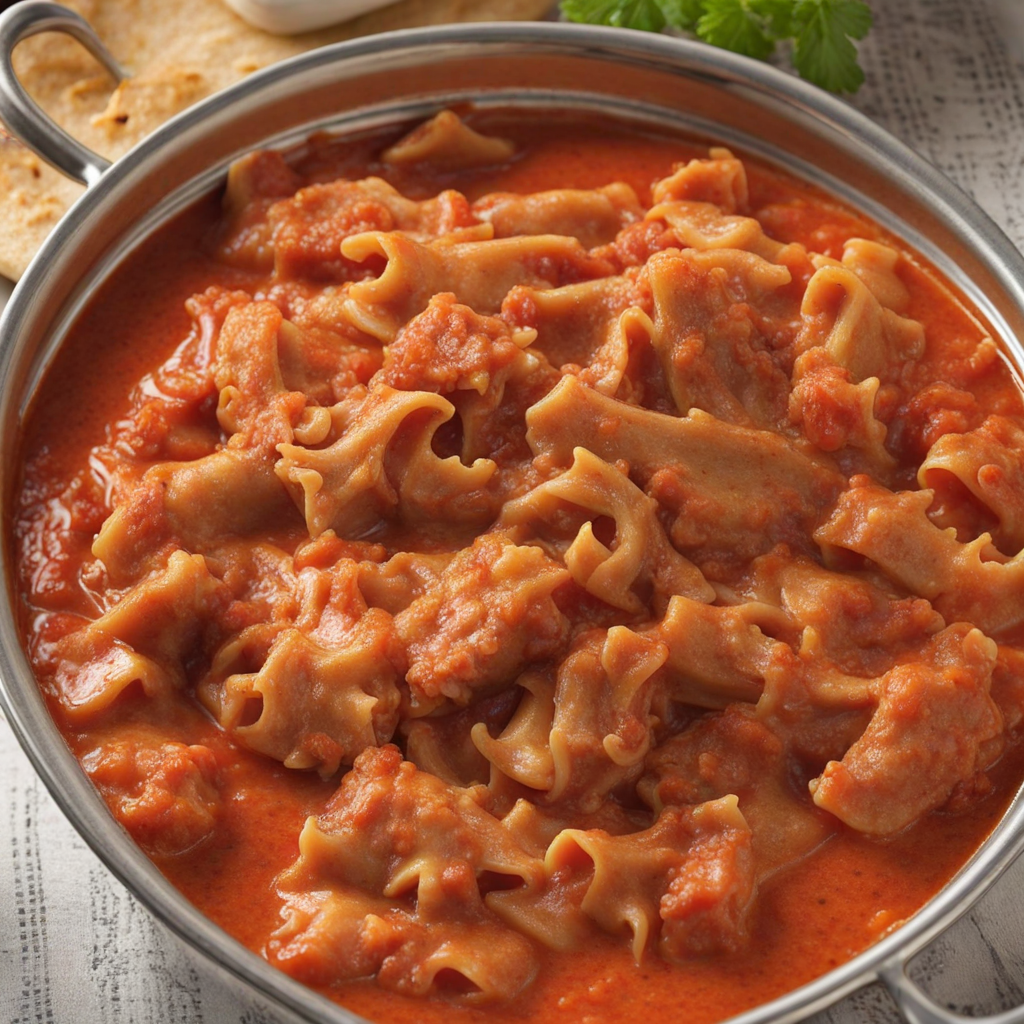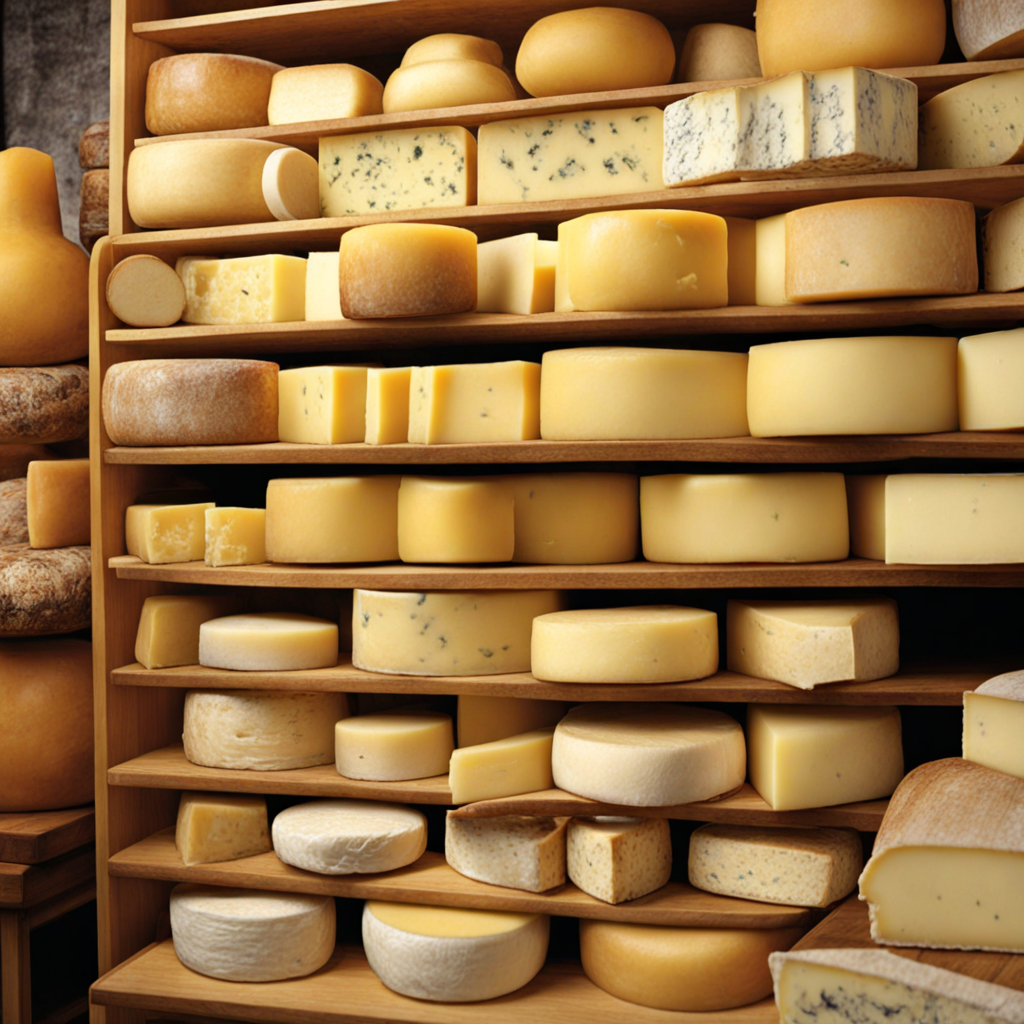Bretzel
Bretzel, a beloved snack in Luxembourg, is a type of pretzel that holds a cherished place in the country’s culinary landscape. Characterized by its unique shape, which resembles a twisted knot, Bretzel has a rich history that intertwines with the cultural fabric of Luxembourg and its neighboring regions. The origins of the Bretzel can be traced back to ancient times, with variations of pretzels found in various European countries. In Luxembourg, Bretzel has evolved into a staple food item, often enjoyed during festivals, family gatherings, or simply as a delightful treat with a cup of coffee. The flavor of a Bretzel is distinctive and appealing, marked by a delightful contrast between its crisp exterior and soft, chewy interior. When baked to perfection, the outer crust boasts a deep golden-brown hue, often enhanced with a sprinkling of coarse salt that adds a savory touch. The inside is light and fluffy, with a mild, slightly nutty taste that pairs well with various accompaniments. While the traditional Bretzel is delicious on its own, it is often served with mustard, cheese, or cold cuts, elevating its flavor profile and making it a versatile snack. Preparation of Bretzel is a meticulous process that begins with a simple yet essential list of ingredients: flour, water, yeast, salt, and baking soda. The dough is first kneaded until smooth and elastic, allowing it to rise before shaping it into the iconic twisted form. After shaping, the Bretzel is briefly
How It Became This Dish
The History of Bretzel: Luxembourg's Iconic Pretzel The Bretzel, a twisted bread product resembling a knot, is more than just a delightful snack in Luxembourg; it is a symbol of the nation’s culinary identity, intertwined with its history, culture, and traditions. The Bretzel, often referred to as pretzel in English, has a rich and complex history that stretches back centuries, showcasing the evolution of baking techniques and regional flavors. #### Origins The exact origins of the Bretzel can be traced back to ancient civilizations, with various iterations appearing in different cultures. The name "pretzel" is believed to have derived from the Latin word "bracellum," meaning "little arms," which referred to the shape of the dough twisted into a knot, resembling a person with arms crossed in prayer. Although the Bretzel is now closely associated with Luxembourg, its roots can be found in the broader context of European baking traditions. The earliest forms of pretzels are thought to have originated in the Mediterranean region, possibly in the early Christian era when they were used to symbolize the Holy Trinity. In the 19th century, as bread-making techniques evolved, the Bretzel began to establish its identity in Luxembourg. The introduction of techniques such as boiling the dough in a baking soda solution before baking gave the Bretzel its characteristic chewy texture and shiny exterior. This method, which is still used today, is said to have originated from the German-speaking regions, where the Bretzel became a staple in bakeries and homes alike. #### Cultural Significance The Bretzel holds a unique place in Luxembourgish culture, where it is not merely a snack but a beloved tradition that transcends generations. It is often enjoyed during festivals, family gatherings, and celebrations, representing unity and joy. One of the most notable occasions for Bretzel consumption is during the "Sproochsdag," or Language Day, where the Bretzel is offered as a symbol of the importance of the Luxembourgish language and culture. In Luxembourg, Bretzel is often associated with specific customs and rituals. For instance, during weddings, it is customary for the bride and groom to share a Bretzel, symbolizing their bond and commitment to each other. Additionally, during the Easter season, special Bretzel variations are made, often decorated with colorful icing, to celebrate the festive spirit of renewal and togetherness. The Bretzel has also inspired a unique culinary expression in Luxembourg known as "Bretzelkuchen," a cake made with Bretzel dough, which showcases the versatility of this beloved food. As the Bretzel evolved, so did the myriad of flavors and styles, with various regional variations emerging, each reflecting the local ingredients and preferences. #### Development Over Time As Luxembourg underwent significant economic and social changes throughout the 20th century, the Bretzel adapted alongside its people. The post-World War II era saw a surge in industrialization, leading to the rise of bakeries and the mass production of Bretzel. This transition allowed the Bretzel to become more accessible to the general population, cementing its place as a daily snack rather than just a festive treat. Despite the industrialization of Bretzel production, many artisan bakers continue to uphold traditional methods, emphasizing the importance of craftsmanship and quality ingredients. The use of locally sourced flour and natural fermentation processes has contributed to the preservation of authentic Bretzel flavors, ensuring that the historical essence of this food remains intact. The Bretzel’s popularity has also extended beyond Luxembourg's borders, influencing neighboring countries like Germany and Belgium. In Germany, for instance, the Bretzel has become a culinary icon, celebrated at Oktoberfest and other festivals. The slight variations in preparation and flavor reflect regional tastes, but the core essence of the Bretzel remains consistent—a testament to its enduring appeal. In recent years, the Bretzel has experienced a renaissance, with innovative twists on the traditional recipe appearing in modern cafes and bakeries. From sweet variations filled with chocolate or fruit preserves to savory options topped with cheese and spices, the Bretzel has embraced contemporary culinary trends while honoring its historical roots. #### The Bretzel Today Today, the Bretzel is not only a cherished snack in Luxembourg but also a point of national pride. It is commonly found at bakeries, markets, and food festivals across the country, where locals and tourists alike gather to indulge in this delicious treat. The Bretzel is often enjoyed with mustard, cheese, or even a glass of locally brewed beer, making it a versatile addition to any meal. Luxembourg's commitment to preserving its culinary heritage is evident in the efforts to promote the Bretzel within and beyond its borders. The annual "Bretzel Festival" celebrates this beloved food, featuring baking competitions, tastings, and workshops that highlight the craftsmanship involved in Bretzel making. This event not only honors the history of the Bretzel but also fosters community engagement and a sense of pride in Luxembourgish culture. As globalization continues to influence culinary traditions, the Bretzel stands as a reminder of the importance of preserving local flavors and heritage. The ongoing dialogue between tradition and innovation ensures that the Bretzel remains relevant in today’s culinary landscape while serving as a bridge between past and present. #### Conclusion The Bretzel is more than just a simple twisted bread—it is a symbol of Luxembourg's rich culinary heritage, embodying the history, culture, and traditions of the nation. From its ancient origins to its modern-day variations, the Bretzel has evolved while remaining a beloved staple in Luxembourg's cuisine. Its significance in social rituals and celebrations speaks to the heart of Luxembourgish identity, making it a cherished food that connects generations and communities. Whether enjoyed as a snack, a celebration of culture, or a culinary innovation, the Bretzel continues to hold a special place in the hearts and palates of the people of Luxembourg.
You may like
Discover local flavors from Luxembourg







